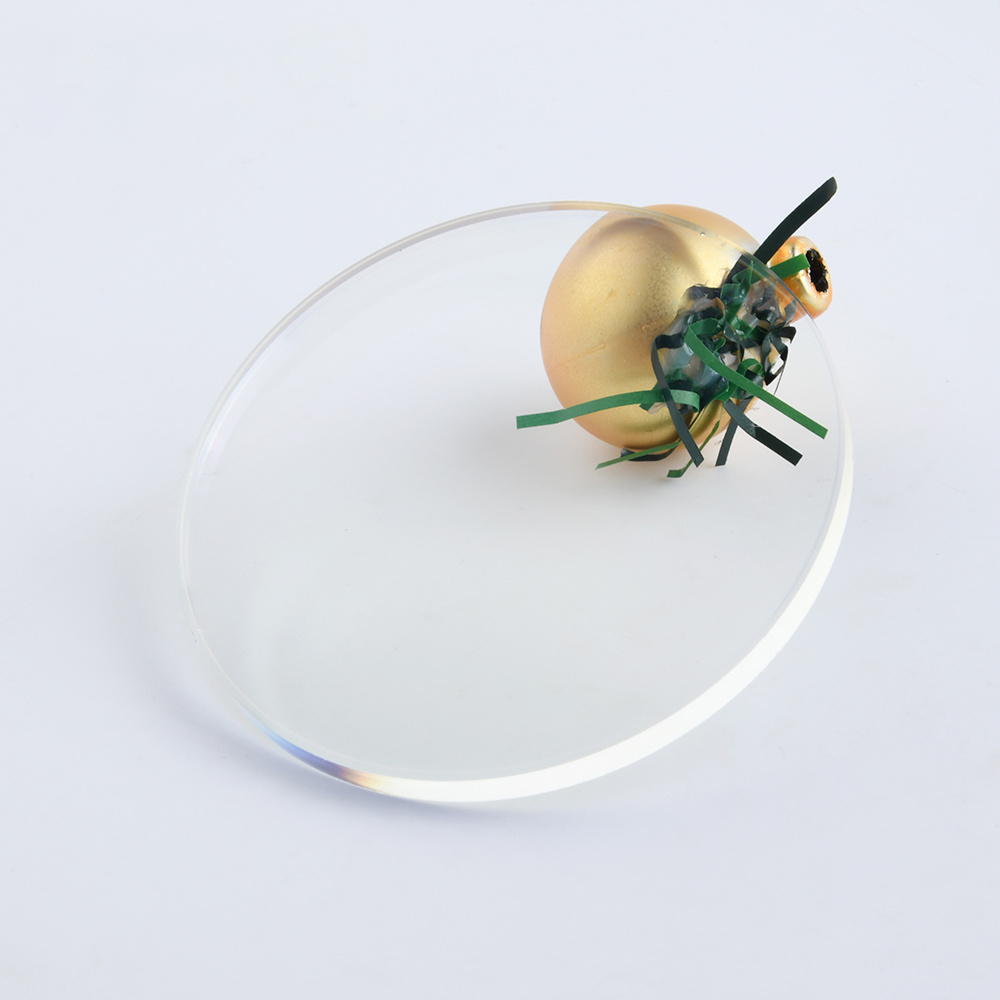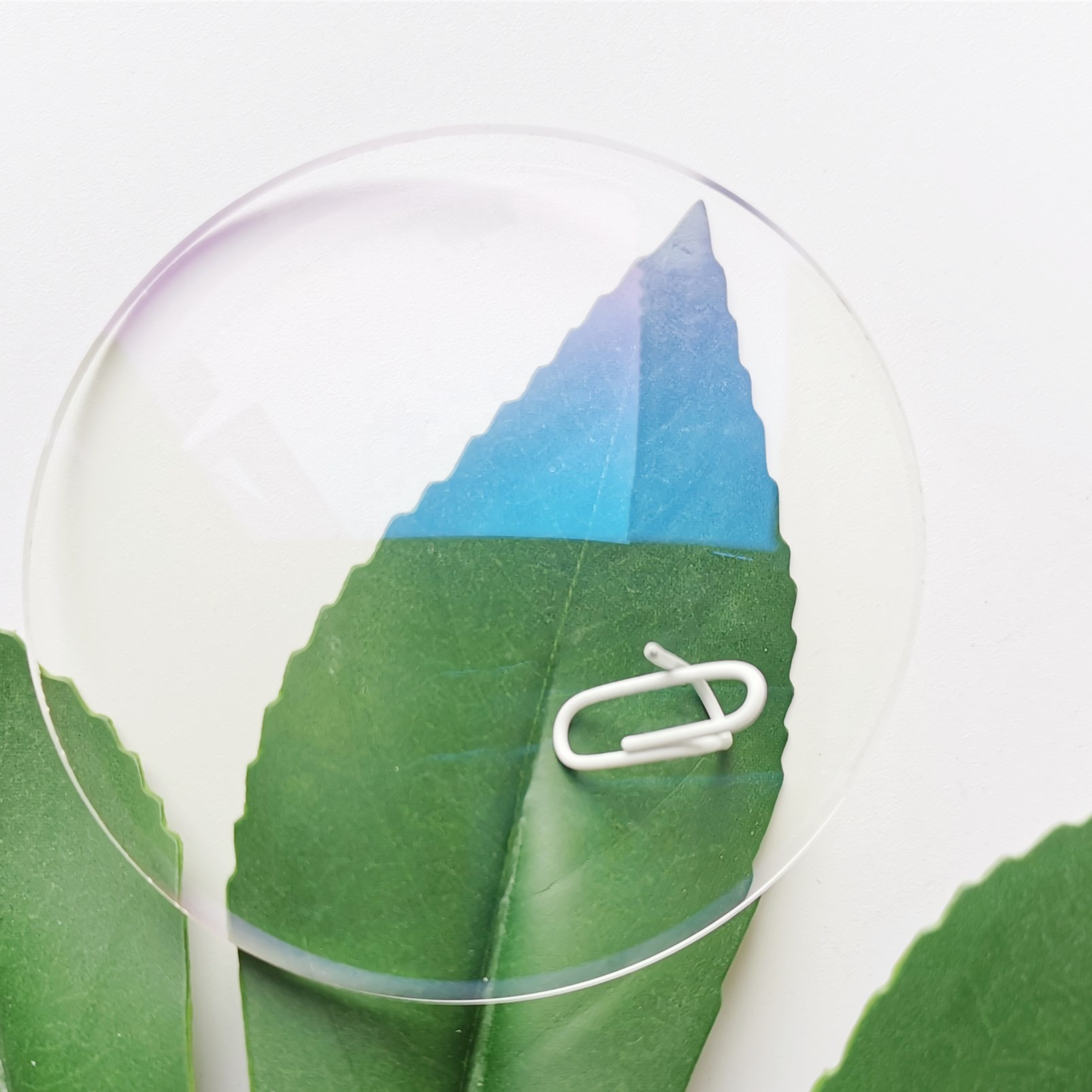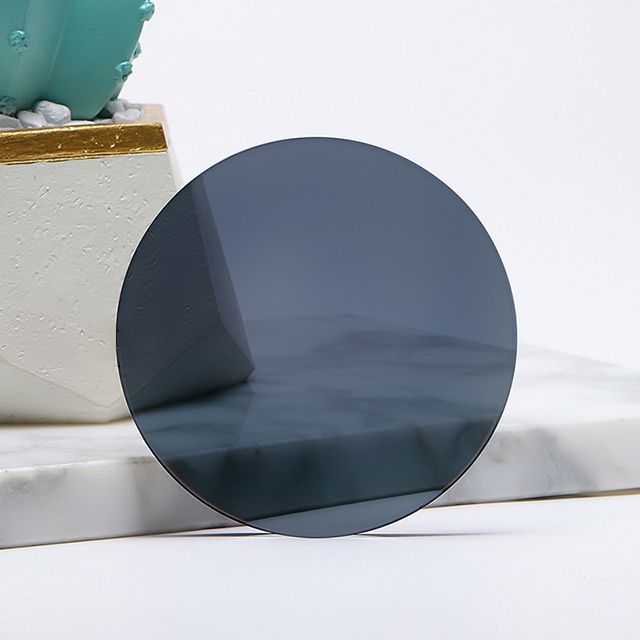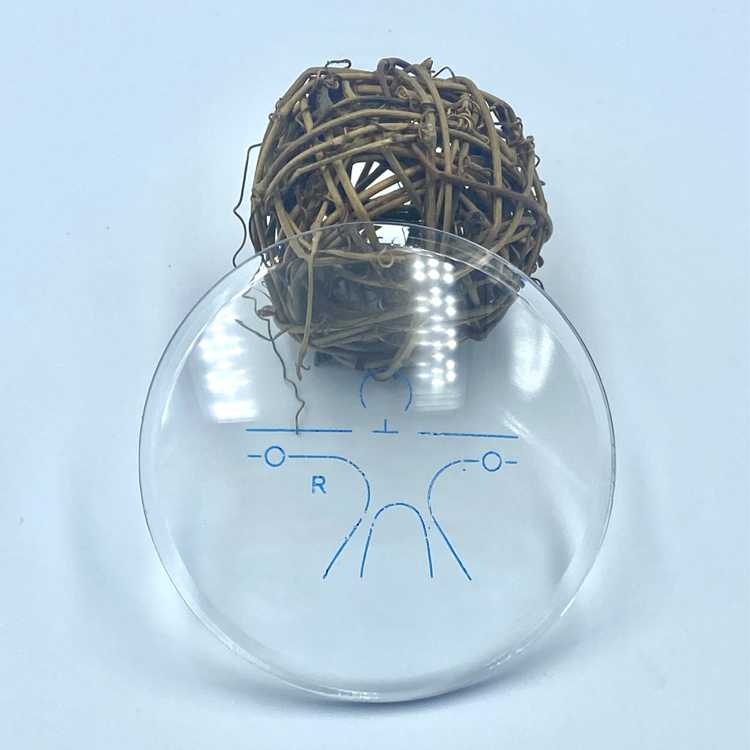SETO 1.60 Blue Cut Lens HMC/SHMC
Specification
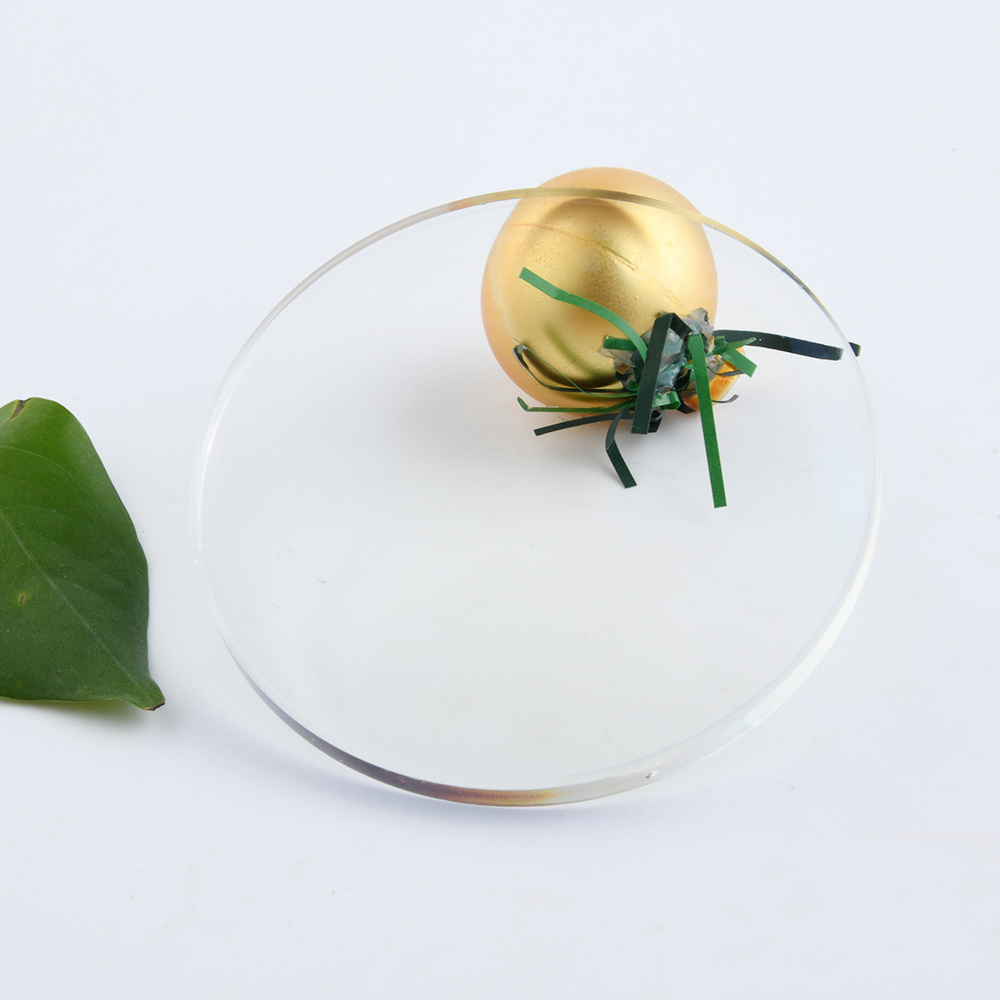
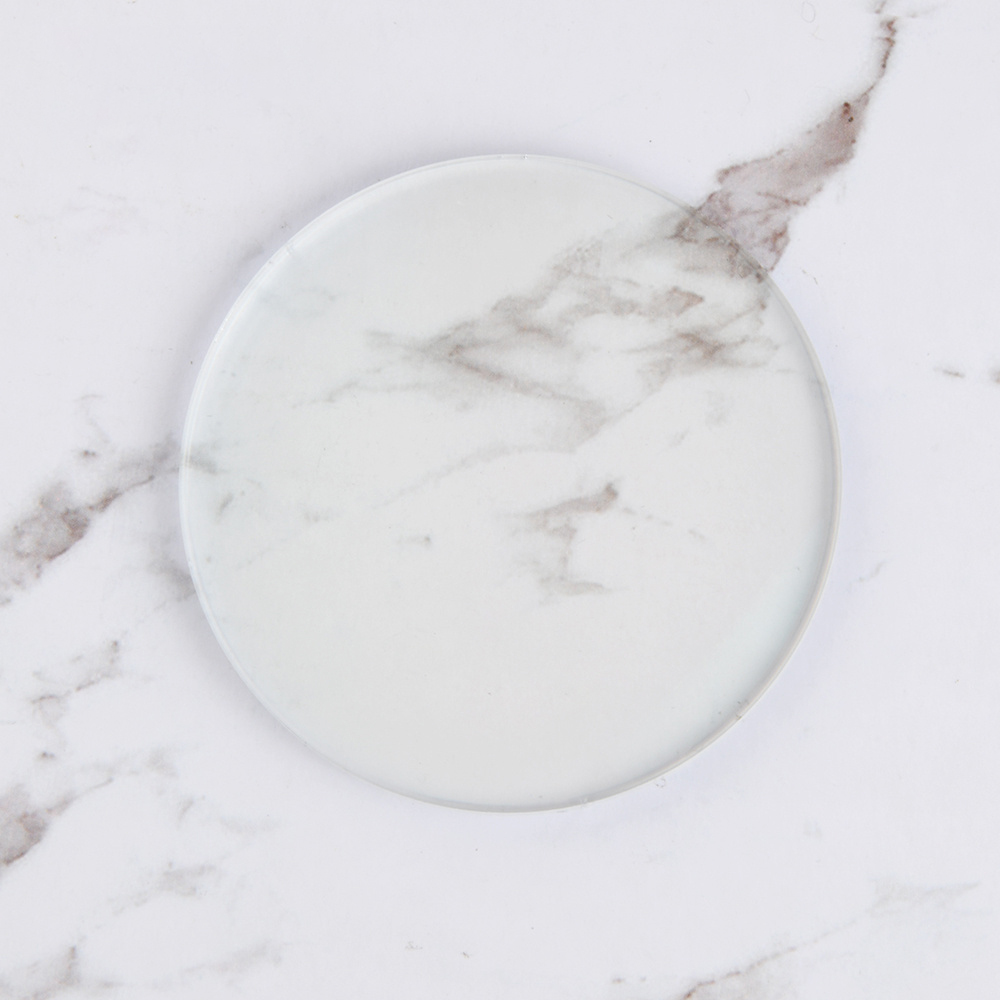
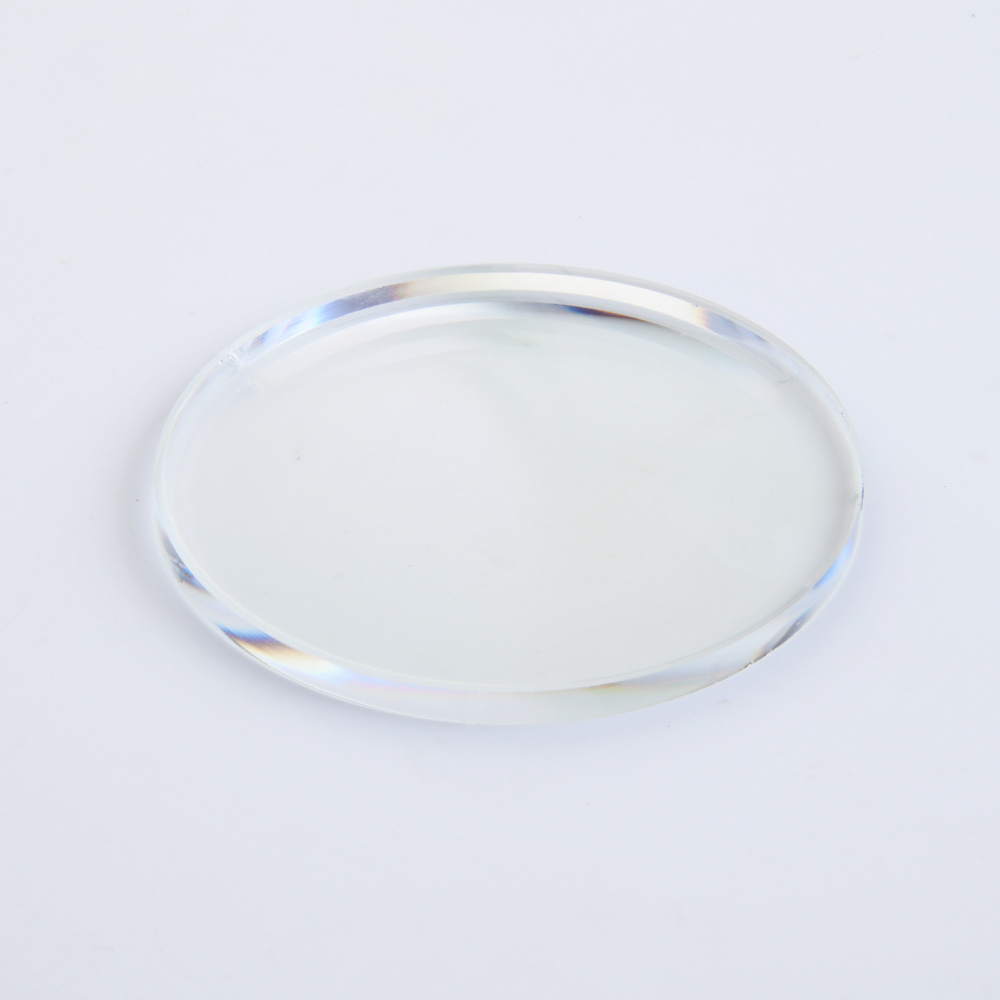
| Model: | 1.60 optical lens |
| Place of Origin: | Jiangsu, China |
| Brand: | SETO |
| Lenses Material: | Resin |
| Lenses Color | Clear |
| Refractive Index: | 1.60 |
| Diameter: | 65/70/75 mm |
| Abbe Value: | 32 |
| Specific Gravity: | 1.26 |
| Transmittance: | >97% |
| Coating Choice: | HMC/SHMC |
| Coating color | Green, |
| Power Range: | Sph:0.00 ~-15.00; +0.25 ~ +6.00; Cyl:0.00~ -4.00 |
Product Features
1)Where are we exposed to blue light?
Blue light is visible light with a wave length between 400 and 450 nanometers (nm). As the name suggests, this type of light is perceived as blue in color. However, blue light may be present even when light is perceived as white or another color.The largest source of blue light is sunlight. In addition, there are many other sources including blue light:
Fluorescent light
CFL (compact fluorescent light) bulbs
LED light
Flat screen LED televisions
Computer monitors, smart phones, and tablet screens
Blue light exposure you receive from screens is small compared to the amount of exposure from the sun. And yet, there is concern over the long-term effects of screen exposure because of the close proximity of the screens and the length of time spent looking at them. According to a recent NEI-funded study, children’s eyes absorb more blue light than adults from digital device screens.
2)How does blue light affect the eyes?
Almost all visible blue light passes through the cornea and lens and reaches the retina. This light may affect vision and could prematurely age the eyes. Early research shows that too much exposure to blue light could lead to:
Digital eyestrain: Blue light from computer screens and digital devices can decrease contrast leading to digital eyestrain. Fatigue, dry eyes, bad lighting, or how you sit in front of the computer can cause eyestrain. Symptoms of eyestrain include sore or irritated eyes and difficulty focusing.
Retina damage: Studies suggest that continued exposure to blue light over time could lead to damaged retinal cells. This can cause vision problems like age-related macular degeneration.
High-intensity blue light from any source is potentially hazardous to the eye. Industry sources of blue light are purposely filtered or shielded to protect users. However, it may be harmful to look directly at many high-power consumer LEDs simply because they are very bright. These include "military grade" flashlights and other handheld lights.
Furthermore, although an LED bulb and an incandescent lamp might both be rated at the same brightness, the light energy from the LED might come from a source the size of the head of a pin compared to the significantly larger surface of the incandescent source. Looking directly at the point of the LED is dangerous for the very same reason it is unwise to look directly at the sun in the sky.

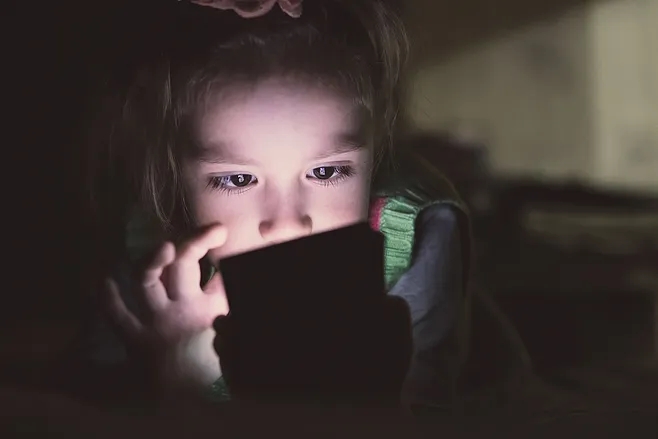

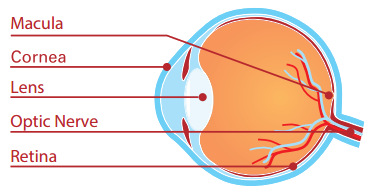
3) What is the difference between HC, HMC and SHC?
| Hard coating | AR coating/Hard multi coating | Super hydrophobic coating |
| makes the uncoated lens hard and increases the abrasion resistance | increases the transmittance of the lens and reduces surface reflections | makes the lens waterproof, antistatic, anti slip and oil resistance |
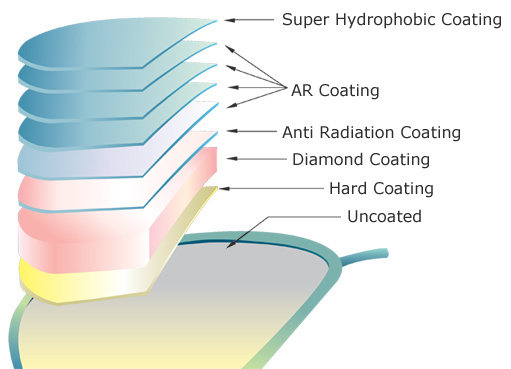
Certification



Our Factory



